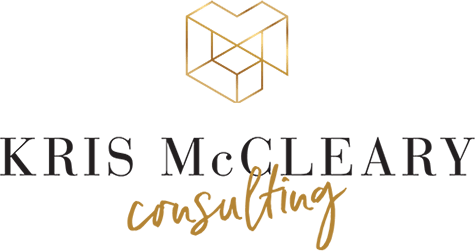Most organizations understand the value of strategic planning, but the value of a strategic plan, lies, in the details, particularly in how the elements of a plan are developed.
In this blog post I will outline how to develop a good vision statement.
1. Purpose of the vision statement- the purpose of a vision statement is to define a desired future state that the organization seeks. The real value of a vision statement is two fold: first, the process of developing a vision statement should prompt an honest and lively debate about where the organization should head, and once agreed upon, gets all stakeholders on the same page about where the organization is going, and what is seeks to be.
2. Mistakes made when developing a vision statement
1. Generic, cliched aspirations- Far too often, organizations select tired, cliched terms for their vision statement, such a ‘leading’ or ‘world class’, that don’t really reflect the organization and what the stakeholders want to see as a desired future, but are simply attractive, catchy, shiny words that are easy to add to a vision statement. I often ask, “why does the organization want to be a leader in the industry”, or “what’s important about being ‘world class’?” to prompt reflection, critical thinking and discovery on what is the right aspiration for the organization.
2. Unachievable aspirations- While a vision statement should be aspirational and inspirational, it should also be achievable given the capabilities, strengths and weaknesses of the organization. Just the other day I was talking with a client about the vision for the organization to deliver ‘world class research’, and through discussion, the client realized that the organization does not have the ability to deliver world class research given its business model, prompting a rethink on what is an achievable aspiration.
3. Not targeting outcomes under its control- A vision should be achievable, and within the ability of the organization to create the desired outcome. A vision is intended to guide the work of an organization, and for stakeholders to truly embrace and believe in the vision, they must see that it can be achieved via the collective efforts of the organization.
Every organization needs to understand it’s purpose (mission), and where it is going (vision) to create clarity on why the organization exists and what it aspires to, yet much work creating vision statements falls short of delivering maximal value. An achievable, targeted vision that is within the control of the organization to create can serve as a strong motivating force to guide the organization to its desired future.
